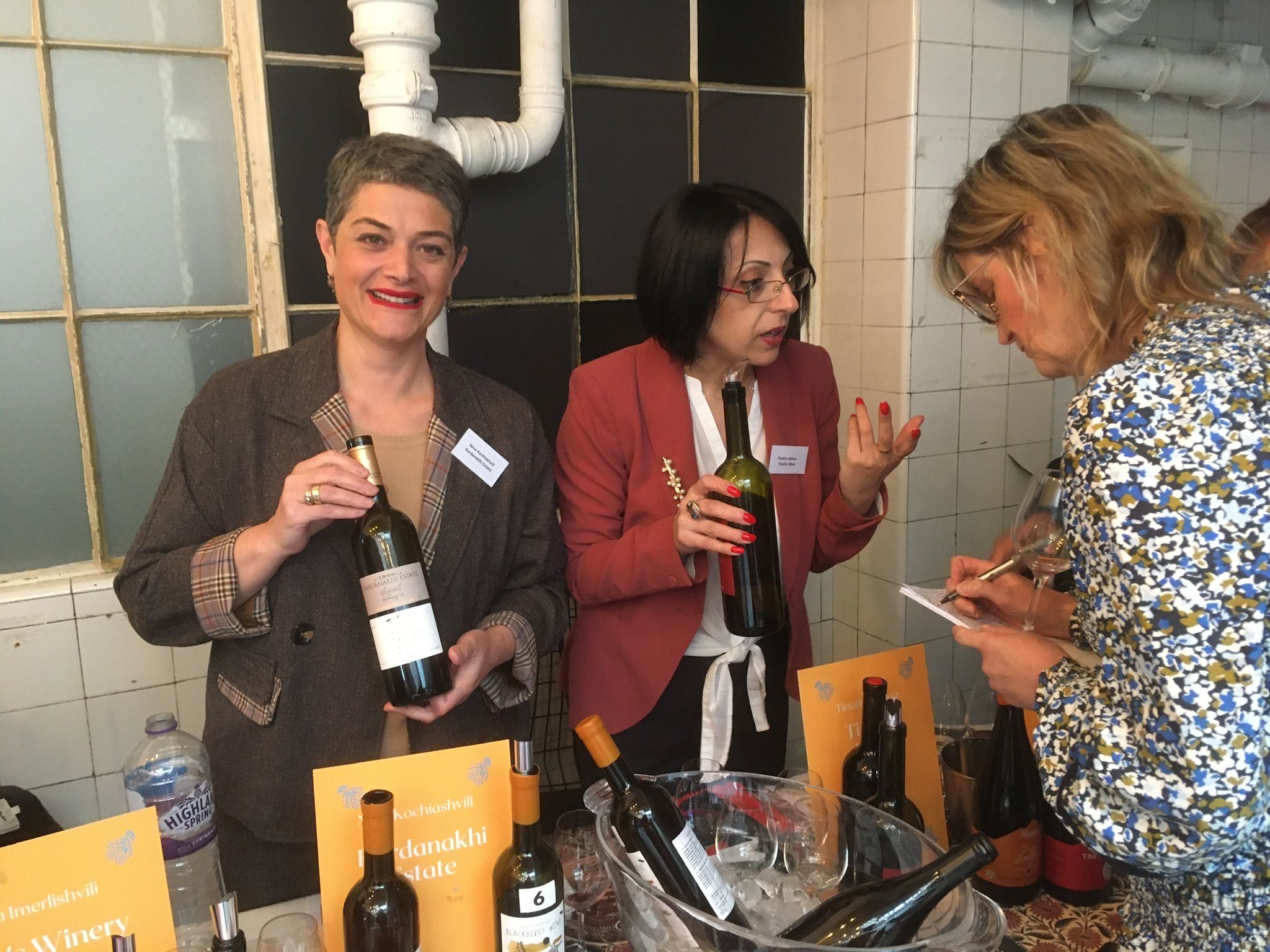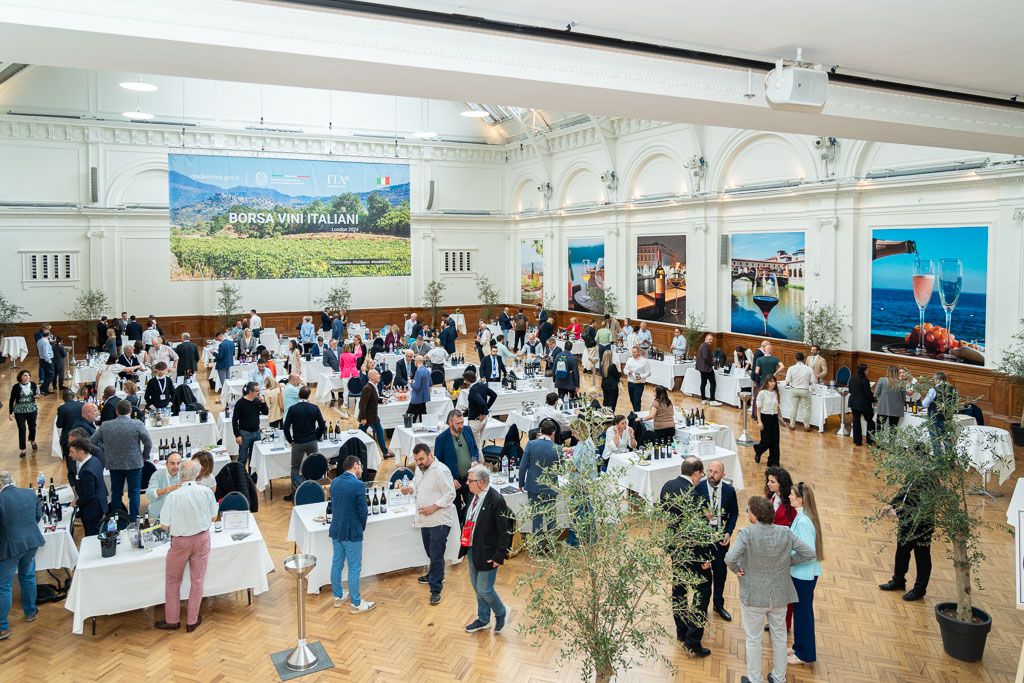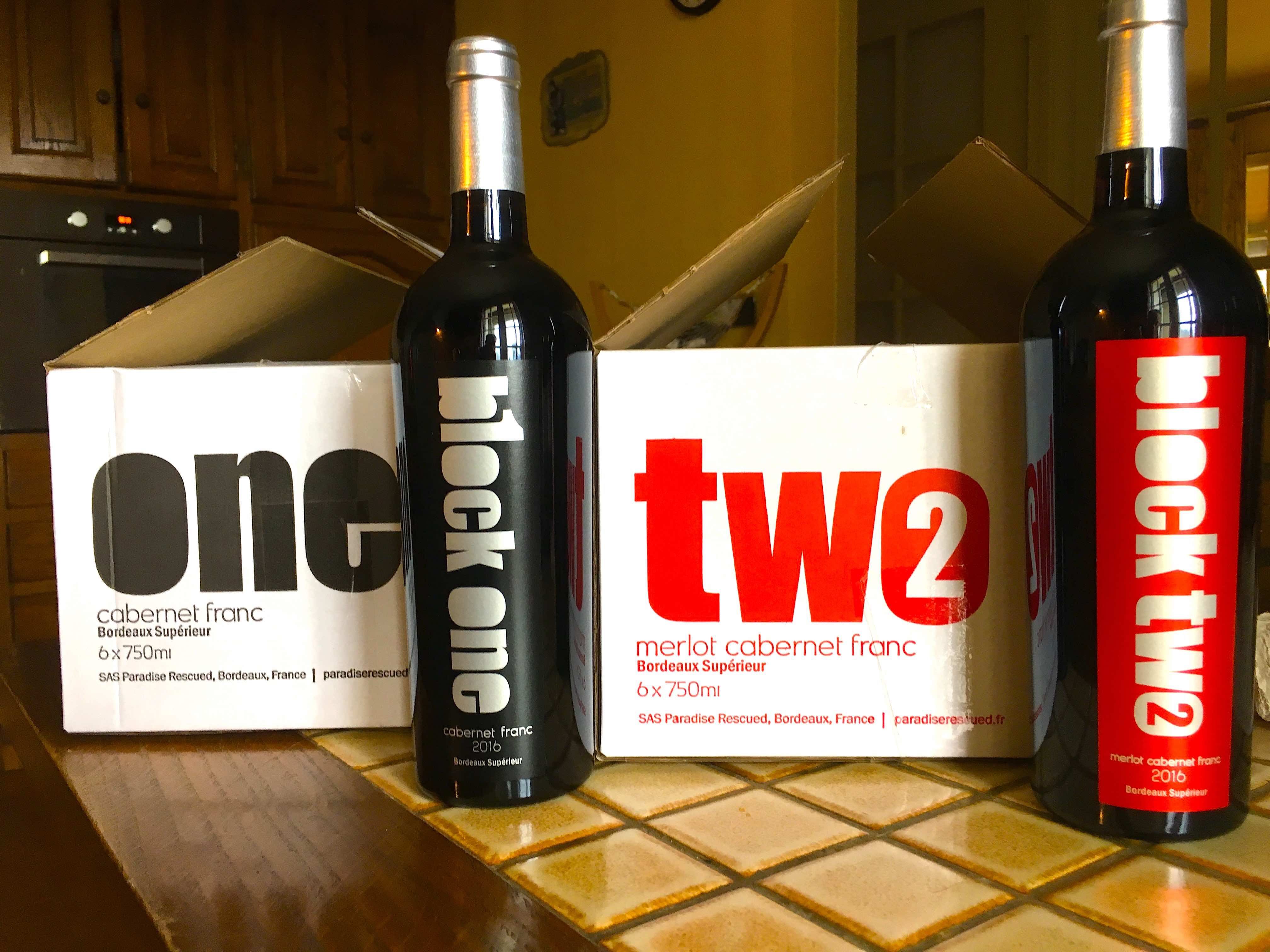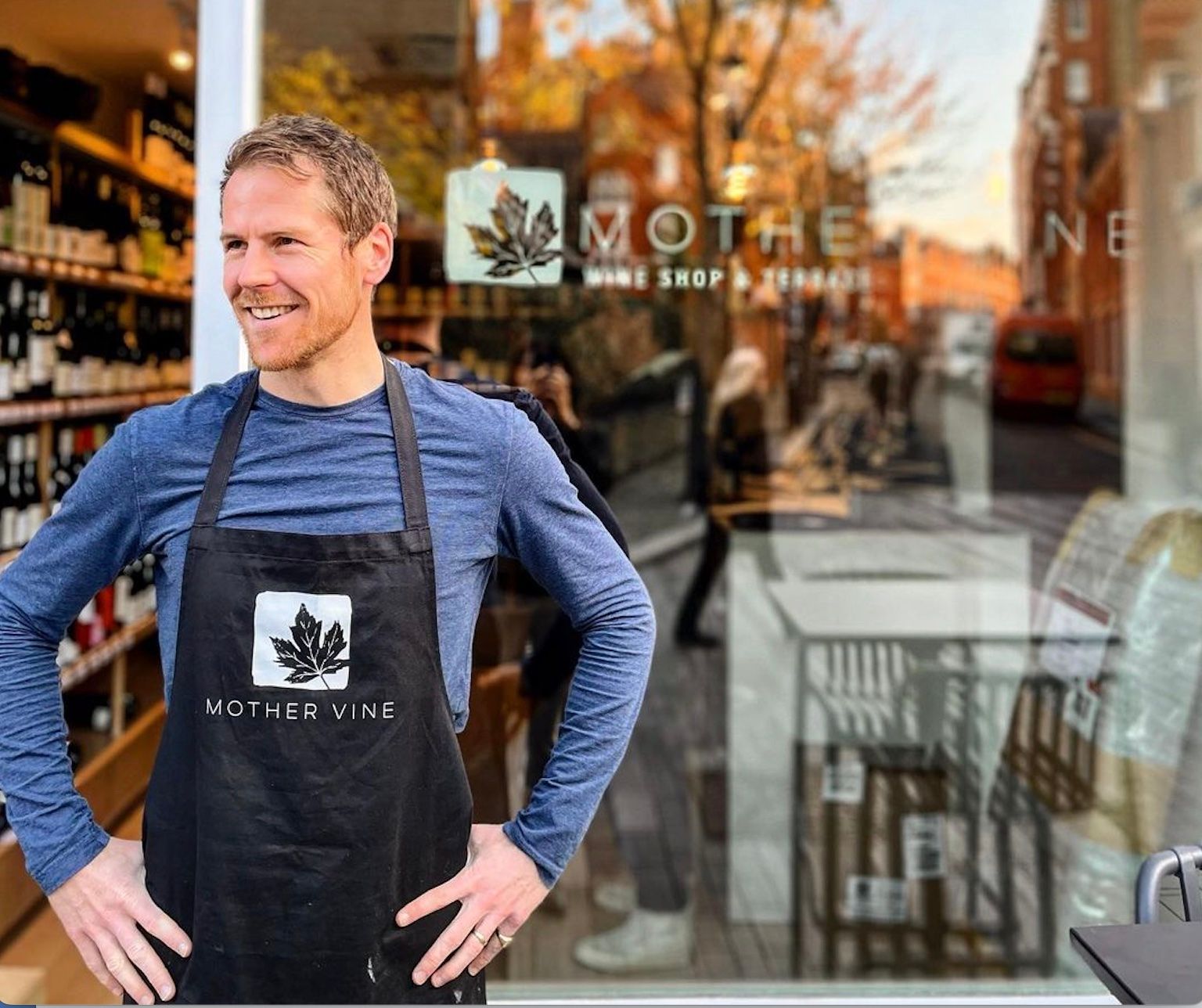“The big challenge is getting distributors and restaurants to actually take Georgian wine. Once they do, they sell really well, and the word gets around.”
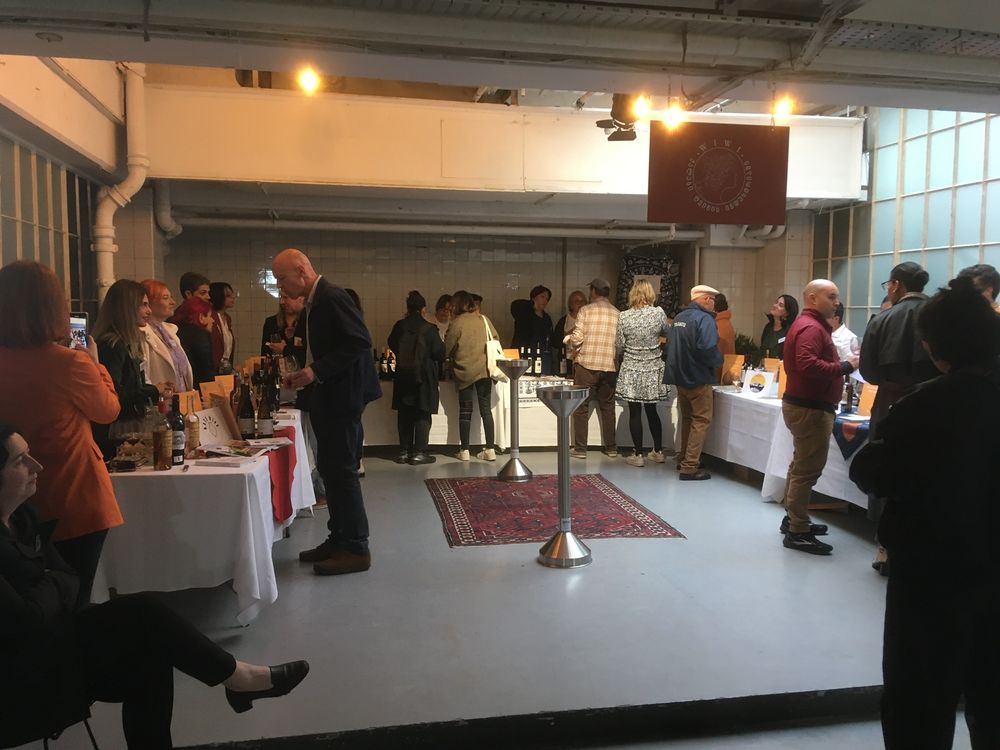
Wines of Georgia tasting, Phonica Records, Soho, London, March 23, 2023
Not for the first time – and almost certainly not for the last – Georgia is in political turmoil. Demonstrations against the Georgian Dream government over its efforts to curb foreign-funded media entities and NGOs, its antagonism towards the LGBT community and its lukewarm criticism of Russia’s invasion of Ukraine have revealed major fault-lines in this South Caucasus country of 3.7m people. With most Georgians strongly pro-Ukraine, outraged at Moscow’s continued occupation of two Georgian regions after Russia’s 2008 invasion, and wanting western integration, many see the controlling hand of Georgia’s richest man, Bidzina Ivanishvili behind Tbilisi’s equivocation.
For reasons not unconnected, Georgia’s wine industry is also in flux. Georgian wine producers are used to having a roller coaster ride with Russia, still the industry’s biggest customer for historic and geographic reasons. They have endured a series of embargoes from Moscow over the past 15 years, forcing them to seek new markets and substantially up quality to capture them. Production has risen dramatically as has the number of producers and export markets, but some see the industry’s future equivocally.
“We are at a crossroads – production is up but a lot of the wine isn’t as good as it could be. The worry is that the industry doesn’t capture and then maintain the reputation for quality that is so important to its future,” says one producer who preferred not to be named.
But now embargoes are going the other way, with many producers unwilling to sell to Russia whilst it continues its assault on Ukraine, some are more positive, seeing the move away from the Russian market (whose preference is for cheap, sweetish wine akin to what dominated Georgia’s wine industry in Soviet times) as a plus.
“I call this a time of fermentation for Georgian wine, things are evolving naturally and growing. Increasingly people are doing their own thing with winemaking and using different varieties, which is great,” says Lado of Ethno Wines, whose well-packaged and well-made wines showcase Georgia’s new found potential.
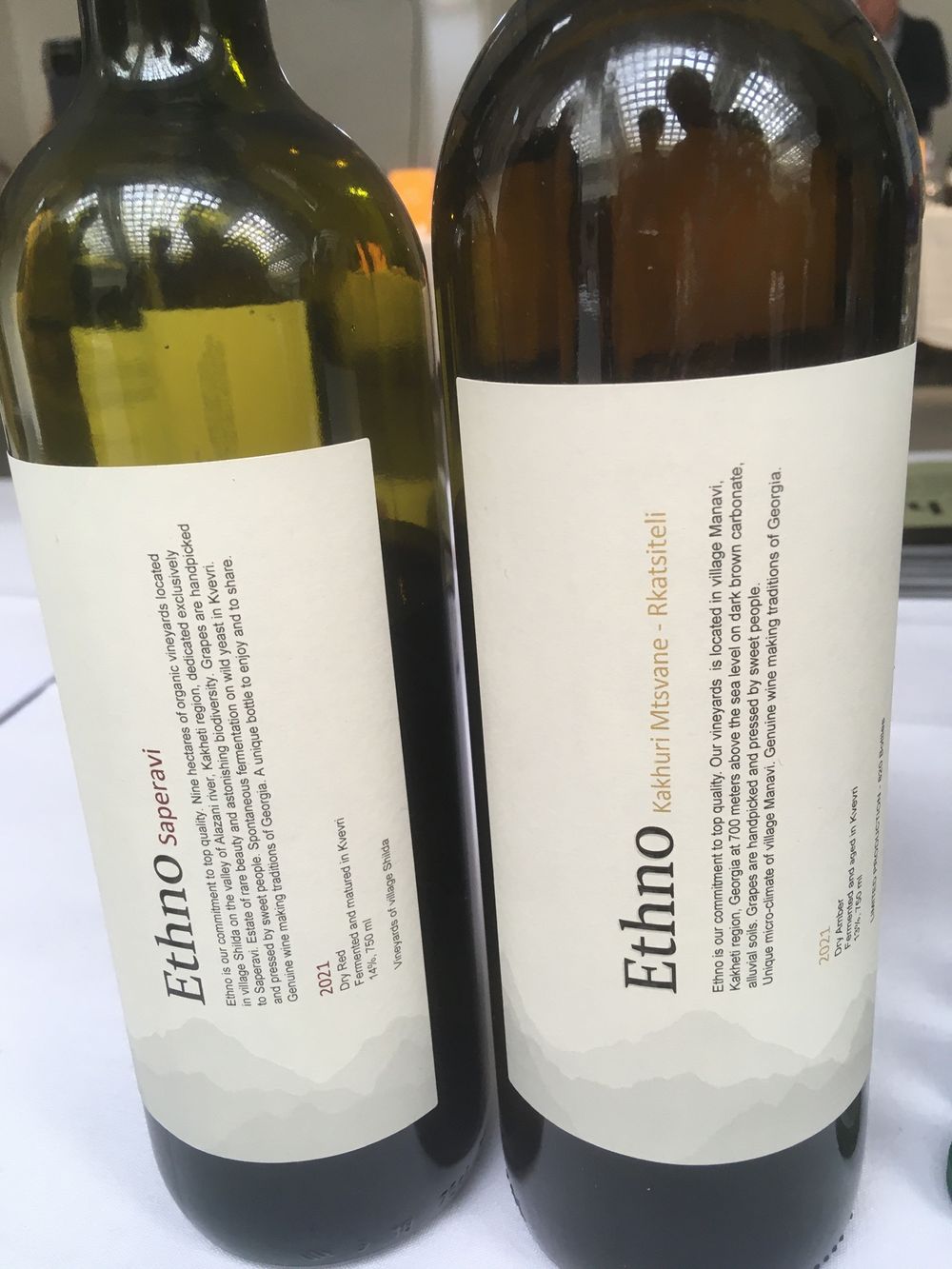
Georgian wine tasting
So how was Wines of Georgia’s Trade and Press Tasting, held in the uber trendy surroundings of Phonica records basement in Soho? Frankly, given all the recent buzz about Georgian wine, it could have been busier but the turnout said more about the London wine trade’s busy tasting calendar than anything else.
There were lots of wines – I’m guessing well above 300 – laid out variously on unattended tasting tables, dedicated importer tables and in the special showcased Georgian Madams Wine section. These are small volume wines produced by the recently formed Association for Georgian Women in Wine, comprising 20 boutique producers who have been touring Poland, Japan and now the UK, with a consumer event held the evening following the tasting.
Quality across the board was varied with some outstandingly good wines, some outrageously poor ones and quite a few um-well-that’s-OK ones as well, especially amongst the many, many amber Rkatsiteli qvevri wines.
“You’ve got to kiss an awful lot of frogs,” admitted one importer who’s just expanded his range with three new excellent wines, suggesting the country has yet to fully escape the natural wine explosion of around 10 years ago when many low and non-intervention wines were poorly made and not always clean.
So not an easy tasting, but one which shows Georgia at a fascinating key stage in its winemaking evolution. Alongside the usual suspects (Saparavi, Rkatsiteli and Mtsvane from Kakheti in both regular and qvevri styles which have dominated production since Soviet times) I noted a definite shift towards other varieties notably Kisi, Chinuri, Khikhvi, Tsolikouri, Krakhuna and, amongst the reds, Otskhanuri Saphere and Aleksandrouli, which like Kisi tended to show very well. There were also some good pet-nat wines from Georgian Sparkling, Telavi Wine Cellar and Chateau Askana, and a good pet nat and traditional method sparkling from Ori Marani, a new small volume producer set up by a former winemaker from Champagne with a local Georgian partner and imported by 266 Wines.
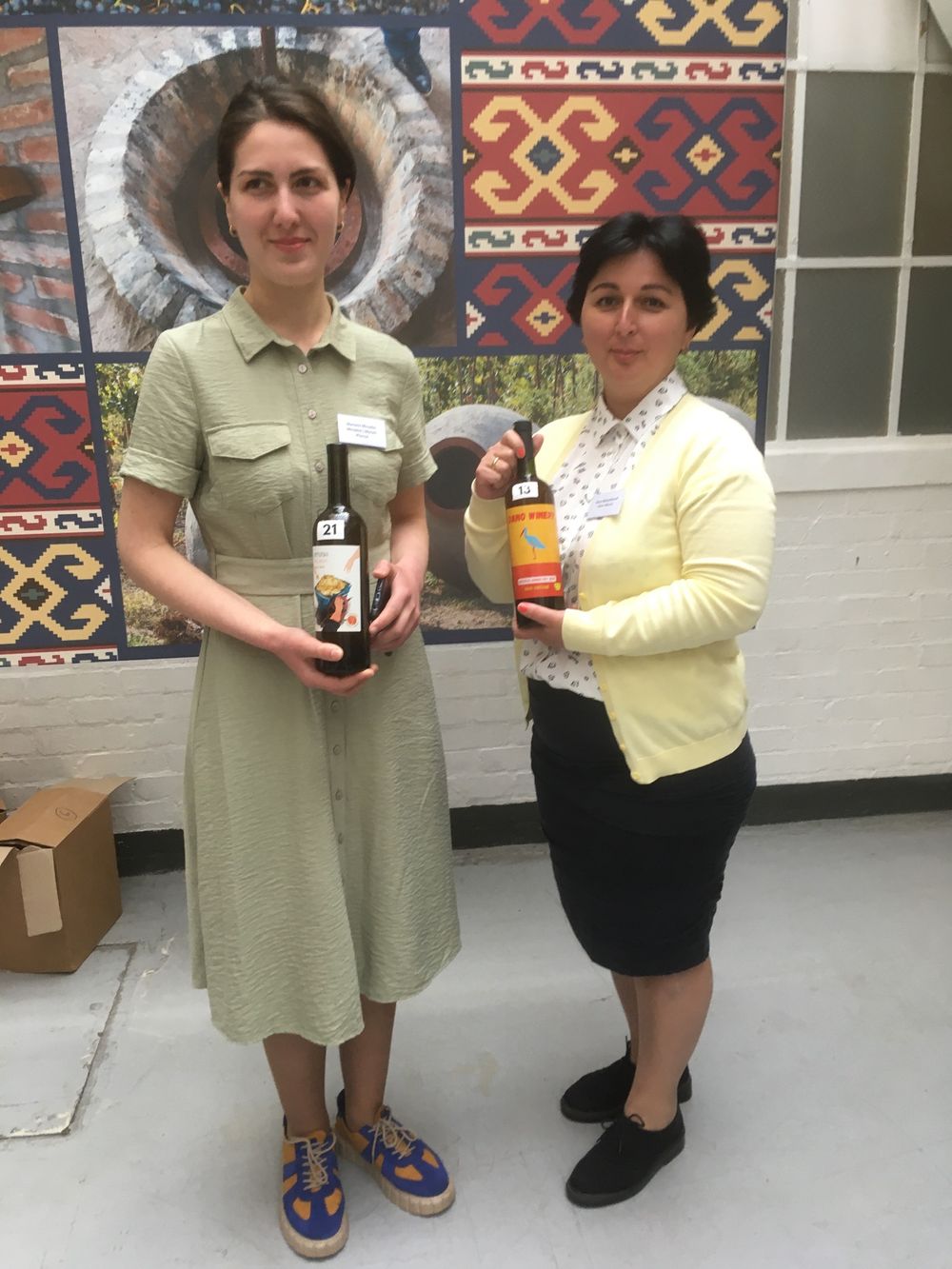
Georgian Madams wines
And then there were those Georgian Madams wines – intriguing often qvevri-produced from a range of white and red indigenous varieties. Almost defiantly un-commercial, with labels that feel like a throwback to 30 years ago, made by traditionally dressed ladies you might expect to see in any Georgian village.
Perhaps the most reassuring thing here was the growing number of solid and reliable benchmark producers like Tbilvino (imported by Beckmann) and Teliani Valley (Boutinot) and the generally decent wines being picked up by mainstream importers like Clark Foyster and especially Lea & Sandeman which imports a range of excellent wines from Quevri Wine Cellar and have recently taken on Labara Winery.
But importers say, despite the current buzz about Georgian wine, the going is still pretty tough especially in the on-trade where price mark-ups can add to the challenge.
“The big challenge is getting distributors and restaurants to actually take these wines. Once they do, they sell really well, and the word gets around,” says Zara Serobyan of GInVino, a specialist importer of Georgian and Armenian wines.
So which are my top 10 Georgian wines?

Georgian Sparkling, Mtsvane Estate Pet-Nat 2022 Kartli, 11%, Chinuri|Goruli Mtsvane
A moreish, slightly off dry blend of two lesser known varieties, this has a wonderfully fresh mouthfeel and suggestions of peach and lychee on the palate.
Chateau Askana, Tête de Cuvée Barrel Brut 2017 Guria, 13%, Tsolikouri from 2016, Chinuri from 2017, Khikhvi from 2017
An ambitious and complex blend of three varieties blended from different vintages and then given long barrel fermentation. Layered and really interesting, this showed great evolution even during the tasting, the three varieties showing their character behind a soft and rounded mousse.
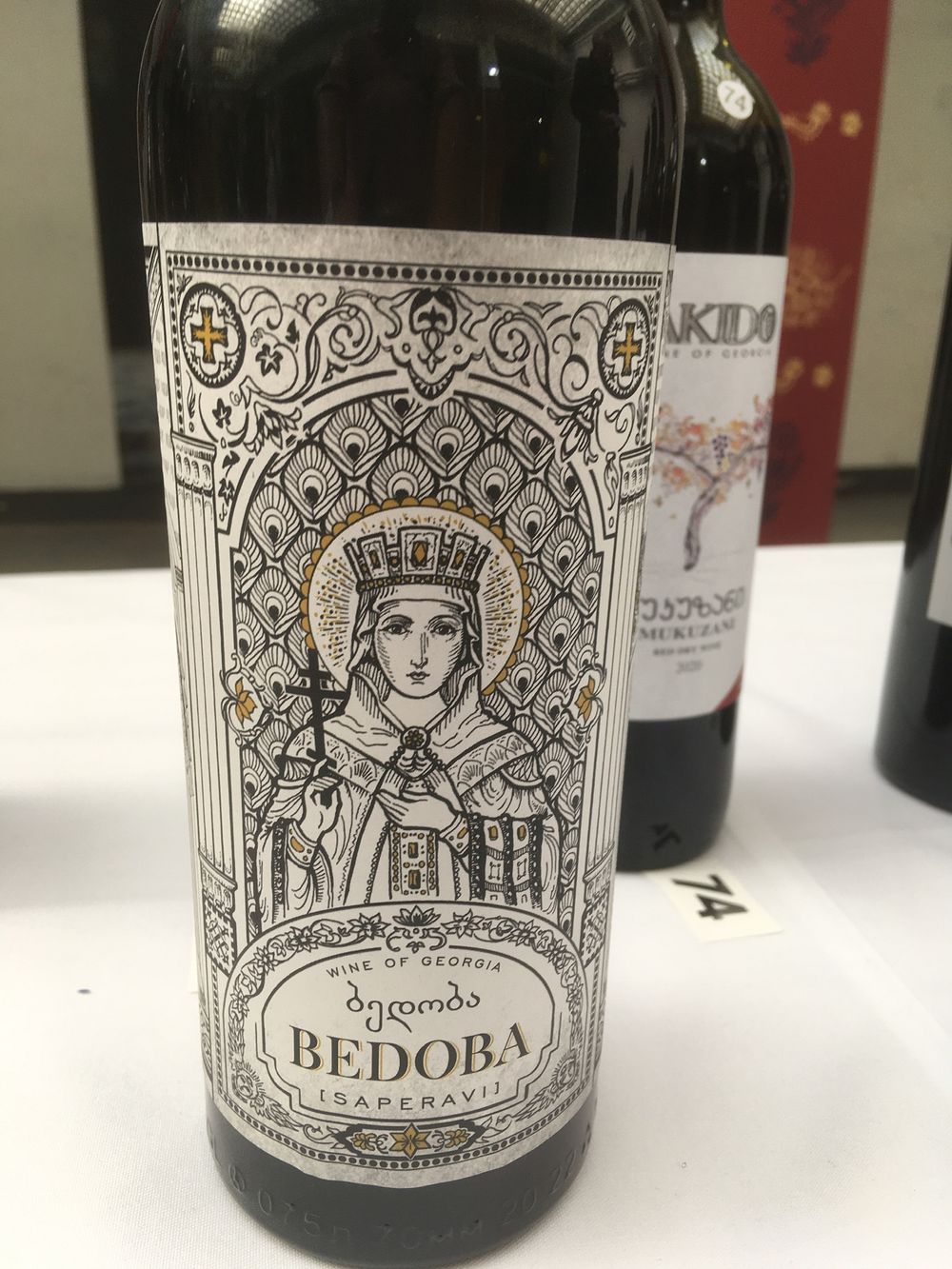
Kakheti Company, Bedoba Saperavi 2020 Kakheti, 13%, Saperavi
I was first struck by the beautiful religious iconography on the label – which wraps around the label, which stresses Georgia’s 8000 years of winemaking tradition. Bedobaa means “faith and luck” and you will feel both have been restored to you with this impressively made, full-on wine, fruit-forward but nicely textured with fine tannins. Something to show people who wonder what all the fuss is about Georgian wine. Imported by Liberty Wines.
Ori Marani Laora NV, 12.5%, Chinuri, Tsitska Vani Chkhaveri & Aladasturi, Sparkling
Oiri Marani’s Pet Nat – made from the same grapes as the Georgian Sparkling above – was quite delicious but given the choice I would probably opt for the Laora NV, made from the above three varieties and given a pink tinge by the Aladasturi, a red variety. This is accomplished, well made with good balanced fruit, a slightly saline edge and a firm but not overly persistent mousse. RRP £33, 266 Wines
Tiko Estate Orange Kisi 2021, 13.5% Kisi 100%, Qvevri Amber
There were a lot of orange qvevri wines on show here but this was one of the best, made from this small – 22,000 bottles – but clearly well run and growing estate. Quite aromatic, with a delicate nose but also nicely rounded, with fine acidity supported by generous fruit. RRP £21.50, Astrum Wines

Orgo Saperavi 2021, 13%, Saperavi, Qvevri Red
A good, solid well made non-qvevri Saperavi which manages to capture all that can be exciting about the variety: lots of dark berry and cherry, unoaked but nicely textured with a long finish. RRP£22, Clark Foyster
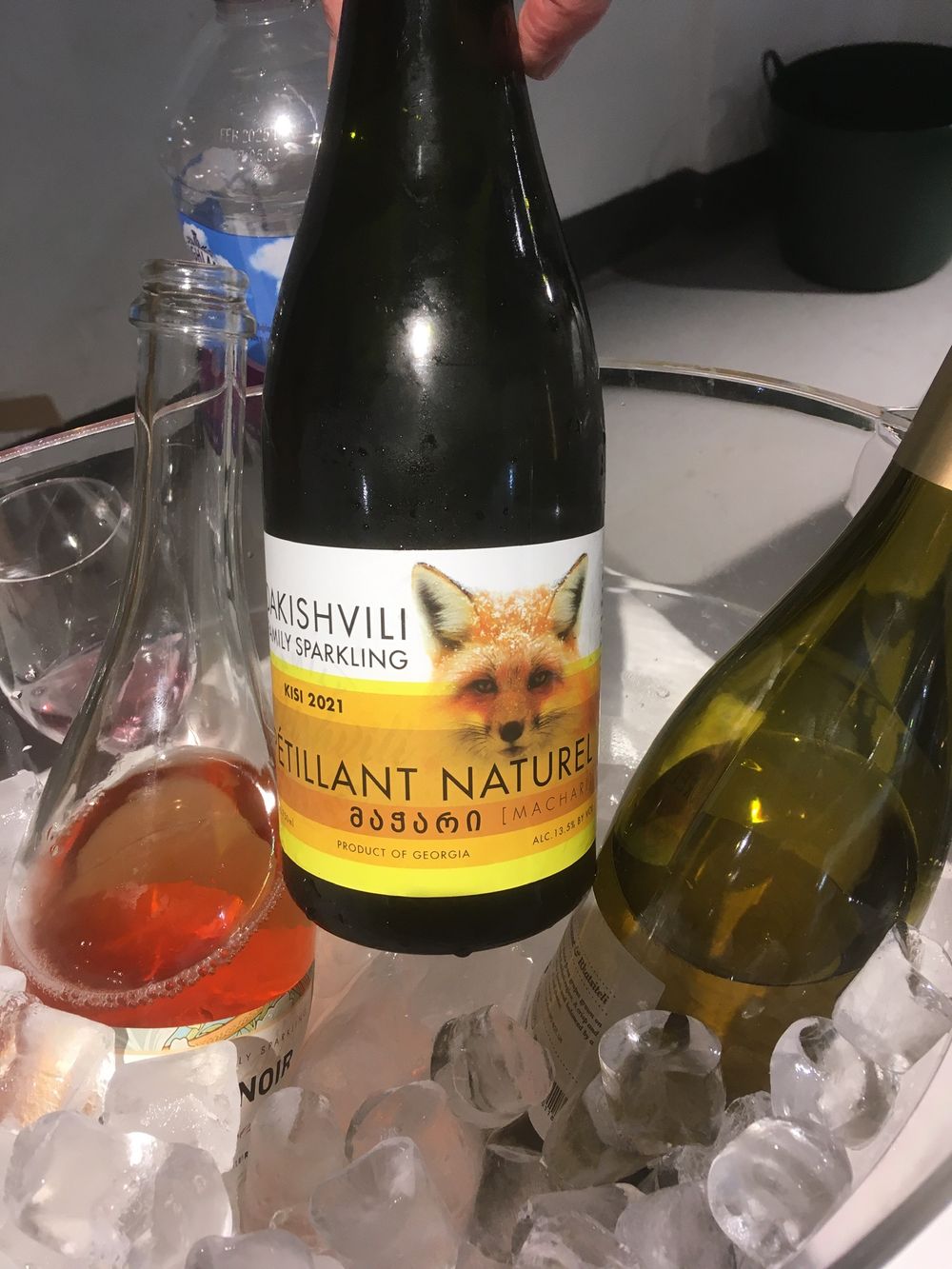
Dakishvili Family Vineyards, The Fox Brilliant Nature, 2021, 13.5%, Kisi, Pet Nat
Unlike in South London, foxes are regarded positively in Georgia and this wily pet nat from Kakheti has complex flavours of peach, pear and tropical fruit, as is typical of Kisi. Absolutely no foxiness on the palate either! RRP £31, Clark Foyster
Mildiani Family Winery, Mildiani Private Selection Qvevri Aleksandrouli 2018 14.0%, Aleksandrouli, Dry Qvevri Red
Even by Georgian standards Aleksandrouli is a rare variety so finding a qvevri wine made solely from this grape is unusual. Made in tiny volumes – hence the price – this is an astonishingly rich and layered wine already quite developed but likely to become more so. Very fragrant and velvety, this has violets, cherry and raspberries on a long and complex palate. Recommended. Around RRP £48, GInVino

Labara Winery, Otskhanuri Saphere 2020, 13.5% Otskhanuri Saphere 100%, Qvevri Red
If you like sour cherries, this wine – made from 100% Otskhanuri Saphere variety in the Imereti region – should have your name on it. Really fresh and clean, with suggestions of raspberry and blackberry on the palate, these is also a pleasing tangy sweetness which supports the tannins. Nice. RRP £18.95, Lea & Sandeman.
Qvevri Wine Cellar Kisi Qvevri 2020, 13% Kisi 100%, Amber
Another nice quevri Kisi with 18 months on the lees, from Kakheti, this has a nice supple roundness to it with exotic and stone fruits showing through nice but not excessive acidity. RRP £19.95, Lea & Sandeman
All prices given are retail.
